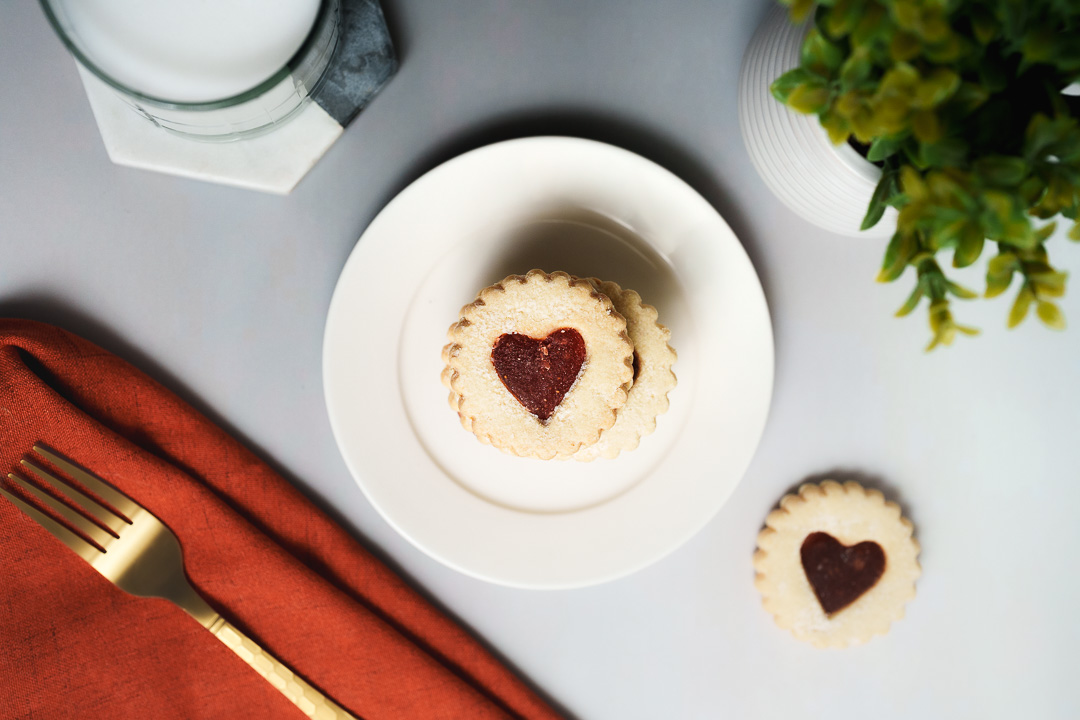If you read our last post, “5 Brand Photography Compositions That Build Trust, Connection & Capture Your Audience’s Attention”, then you already know how powerful composition can be in telling your brand story visually. (If you missed it, you’ll definitely want to read it here first – it’s a must for anyone looking to elevate their brand’s image game.)
We broke down hero shots, over-the-shoulder angles, lifestyle imagery, wide environmental scenes, and close-up detail shots – all essential pieces of a strong visual toolkit.
But those five are just the beginning.
To create a dynamic brand presence – one that feels intentional, cohesive, and full of personality – you need more than just the “big five.” That’s where these next-level compositions come in.
In this follow-up post, we’re diving into five additional – and often underrated – types of brand photography that can make a massive difference in how your audience sees (and remembers) you. These are the subtle scene-stealers. The shots that quietly boost your brand’s credibility, style, and professionalism.
Let’s get into it:
1. Flatlays
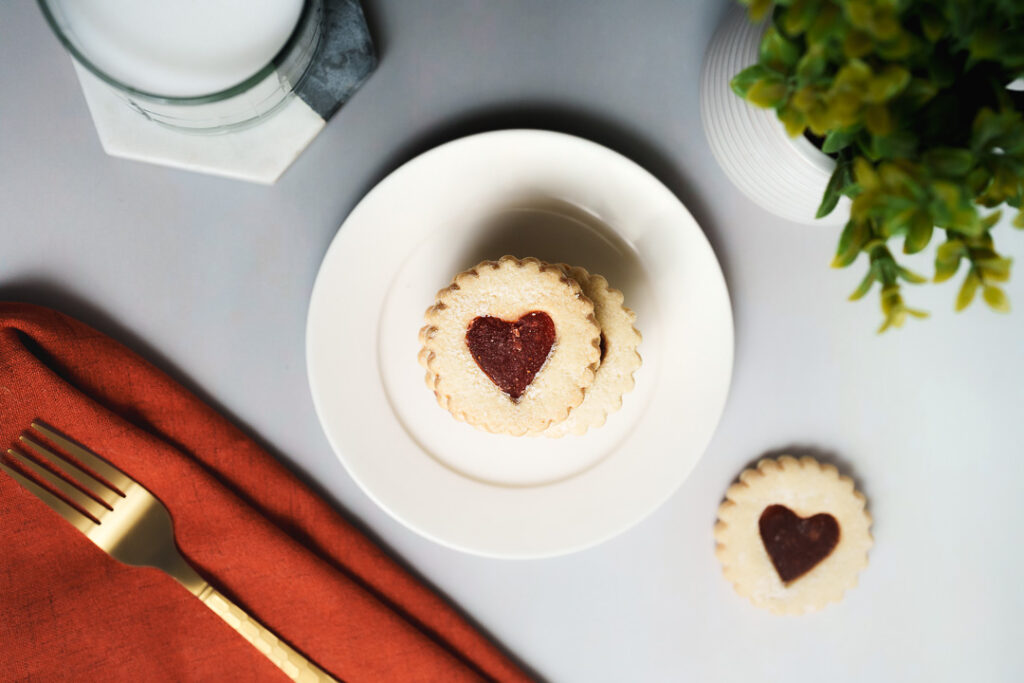
The “curated from above” shot that turns products into art.
What it is:
Flatlays are top-down images where products, props, or tools are arranged on a surface. Think styled desktop scenes, toolkit layouts, or curated moments in a grid – all photographed from directly overhead.
Why it’s important:
Flatlays show off multiple elements at once while giving your audience a taste of your style and attention to detail. They’re perfect for social content, blog headers, or service-based brands that want to highlight their process visually.
The psychology behind it:
Flatlays feed our love for balance and order. They signal that you’re polished, professional, and intentional about everything – even the small stuff.
Pro Tip:
Keep your brand palette in mind when selecting props and backgrounds. Natural light and minimal shadows are key for clean, eye-pleasing results.
2. Negative Space Shots
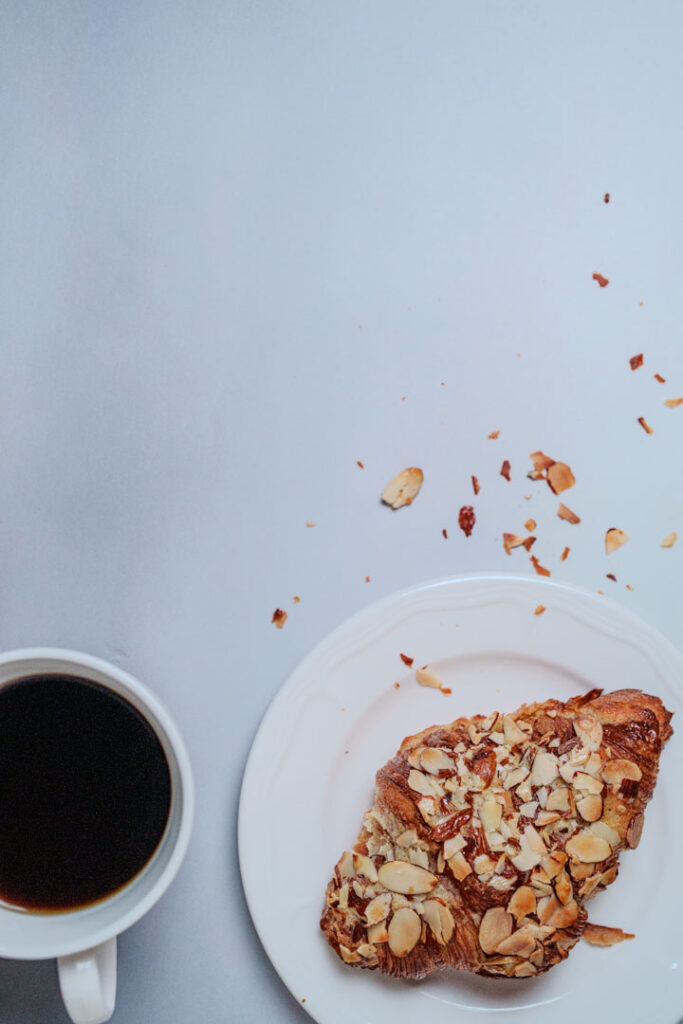
The “less-is-more” image that creates visual calm and draws focus.
What it is:
A composition that leaves space around your subject – often with a minimalist, editorial feel. The subject might be off to one side, small in frame, or surrounded by clean background.
Why it’s important:
These images create breathing room in your visuals and are great for website headers, social graphics, or ad overlays. They offer a calm, intentional pause in an otherwise busy feed.
The psychology behind it:
Negative space communicates sophistication, confidence, and clarity. It subtly tells your audience: “We’re focused. We’re polished. We don’t need to shout to be seen.”
Pro Tip:
Use these compositions when you want text overlays or visual contrast in your brand feed. They’re perfect for pulling the eye – and giving your content space to land.
3. Headshots
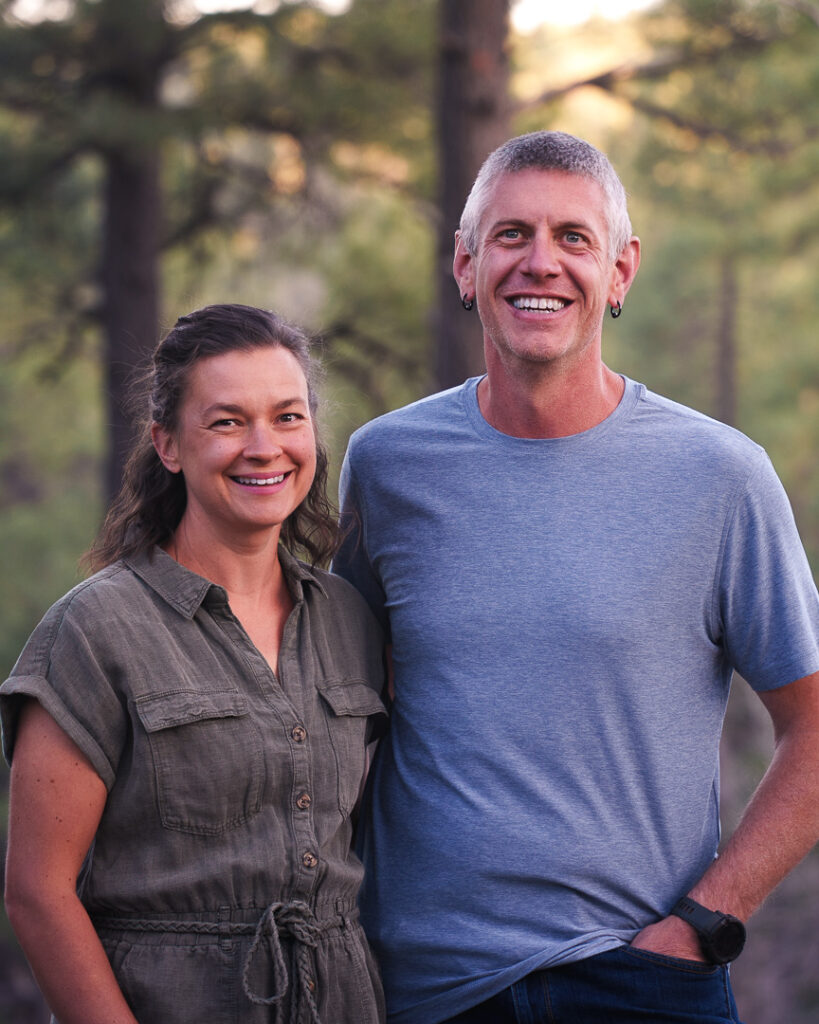
The “face of the brand” image that builds instant trust.
What it is:
A clean, intentional portrait of you (or your team). It’s not just a selfie — it’s a professional introduction, meant to show who you are and how you show up.
Why it’s important:
Even product-based businesses benefit from a face. People connect with people. A great headshot helps establish trust, credibility, and connection before you ever say a word.
The psychology behind it:
Eye contact builds trust. A relaxed expression builds relatability. And great lighting makes you look as polished as the brand you represent.
Pro Tip:
Go beyond the stiff studio pose – lean into personality, brand tone, and setting. Outdoor portraits, workspace shots, or lifestyle-based headshots add more storytelling power than a plain backdrop alone.
4. Product Shots
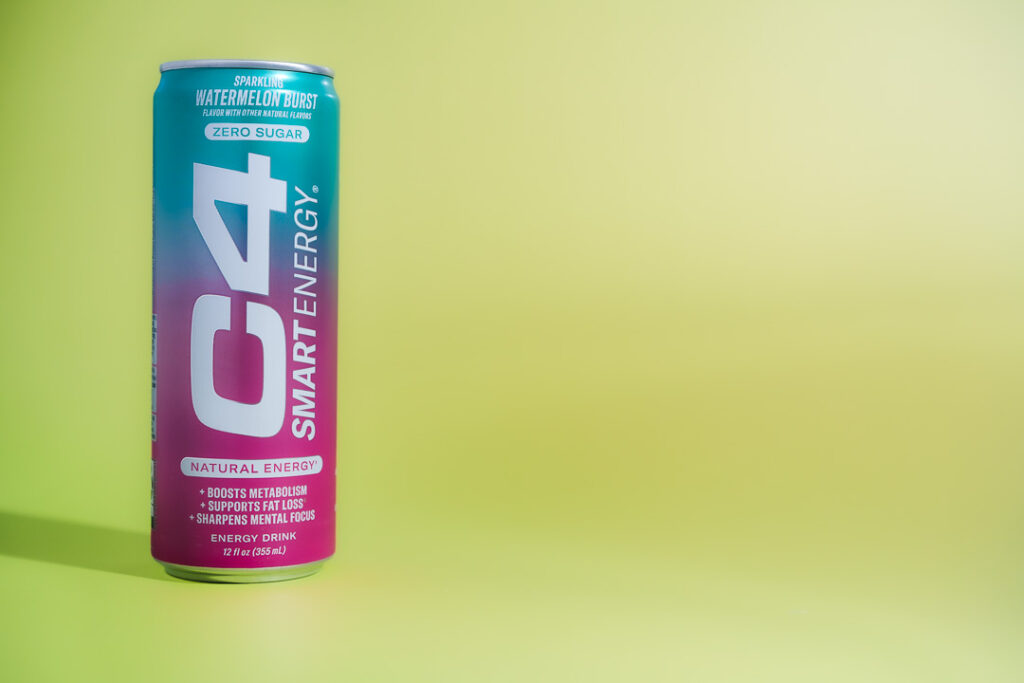
The “clear and focused” image that removes doubt.
What it is:
Clean, distraction-free images of your product on a neutral or branded background. These are your classic shop or feature images that show off what you’re selling – no frills, just facts.
Why it’s important:
Sometimes, your audience just wants to see what they’re getting. Product shots give them the clarity they need to say yes.
The psychology behind it:
Clean product images eliminate friction in the buying process. They reassure the buyer and allow the product to speak for itself – which is exactly what most customers need to convert.
Pro Tip:
Photograph multiple angles if possible, and use consistent lighting across all your products to create a unified, trustworthy look across your shop or catalog.
5. Repetition Shots
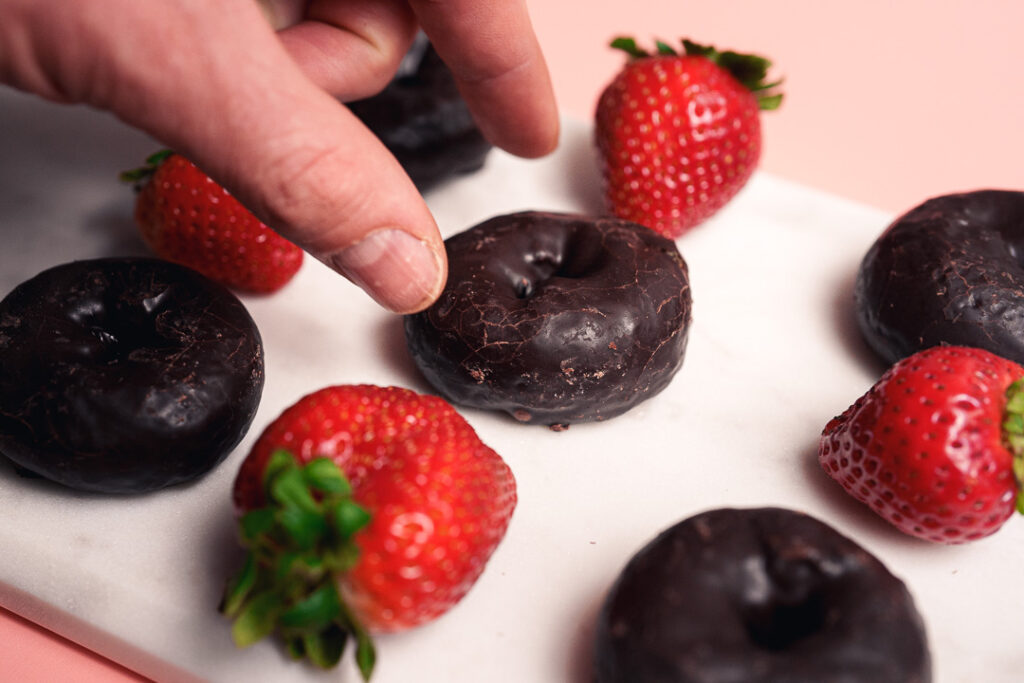
The “pattern and presence” image that makes your brand feel consistent and abundant.
What it is:
A composition that repeats the same item or subject – whether it’s multiple product colors, tools, textures, or even headshots arranged in a grid. It’s visual rhythm with purpose.
Why it’s important:
Repetition shots are fantastic for showing variety, consistency, and a sense of volume – without clutter. Whether you’re showcasing variations of a product or creating a brand pattern, these shots help reinforce what you’re known for.
The psychology behind it:
Patterns create familiarity. Repetition makes a brand memorable. And when we see something repeated with intention, it feels dependable and real.
Pro Tip:
Play with symmetry, spacing, and scale. Use repetition in flatlays, banner-style visuals, or even as creative transitions in your brand video content.
Final Thoughts: Layer Your Brand Story with Intentional Variety
These five compositions – flatlays, negative space, headshots, product shots, and repetition – add depth, clarity, and polish to your visual brand. While they may not be as flashy as a hero shot, they’re just as impactful in building a story that feels cohesive and complete.
Combined with the five essential compositions we covered in Part One, this next layer of visual strategy gives you everything you need to create scroll-stopping, trust-building content across your website, social platforms, and marketing materials.
Because your brand isn’t one-dimensional. And your visuals shouldn’t be either.
Ready to build a brand image library that does more than just “look nice”?
Let’s capture your story — from every angle. Schedule your free consultation here.
And if you haven’t visited our Pinterest page, be sure to give us a visit!
